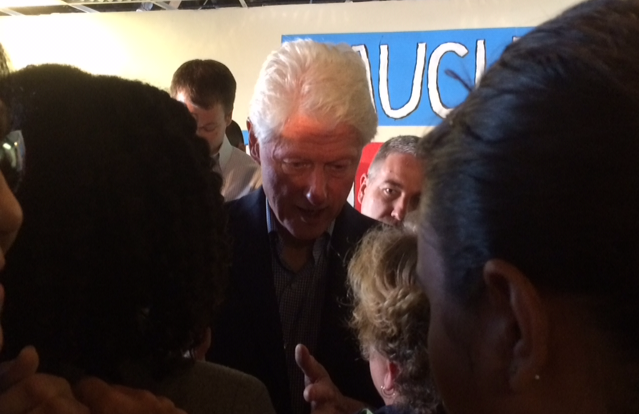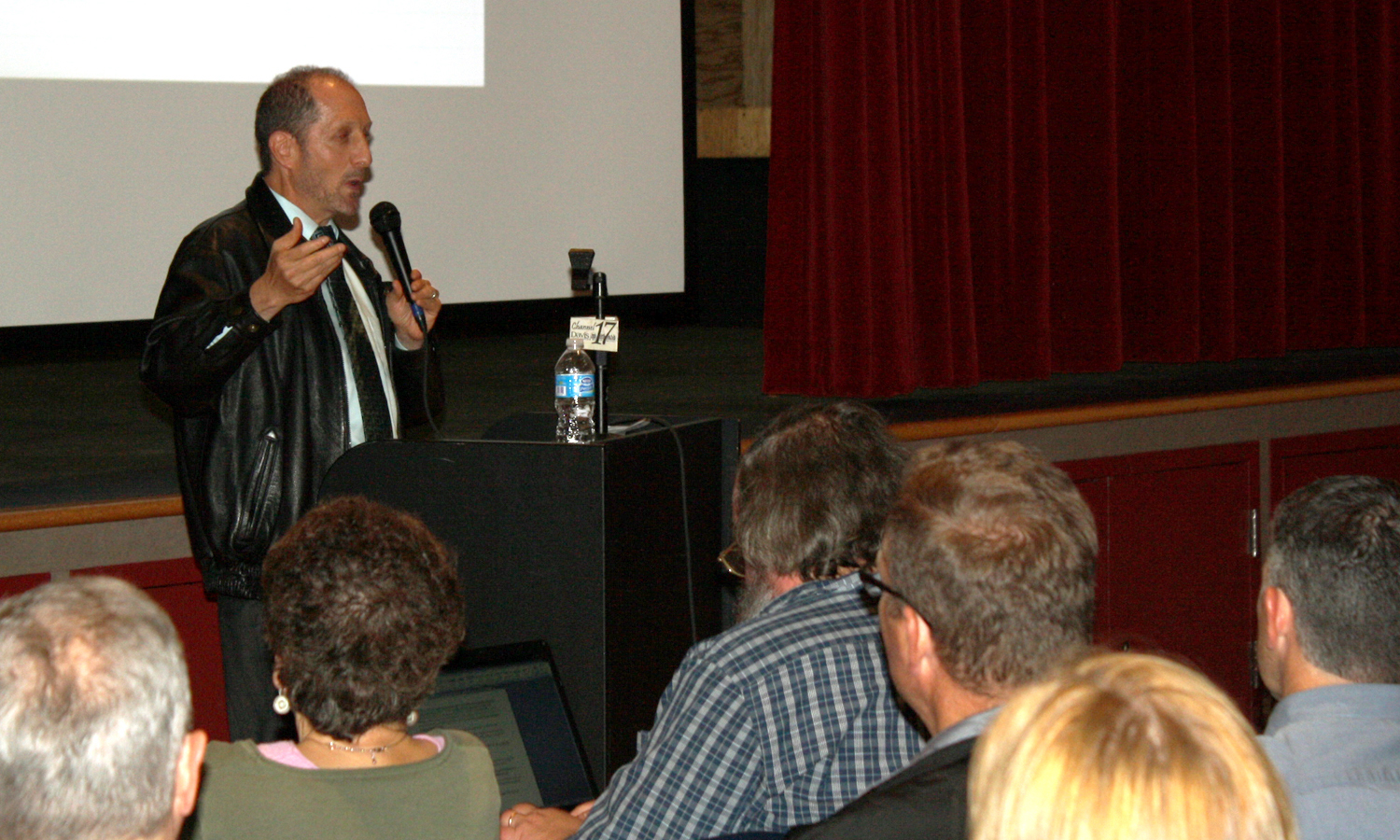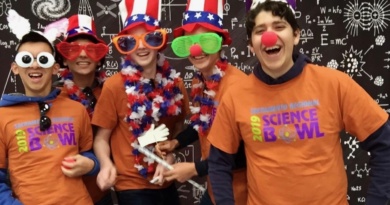Complicated caucus system hinders voters

By Meseret Carver,
BlueDevilHUB.com Staff–
(Editor’s Note: See Carver’s first-person account of the Nevada Democratic caucus process for more information on caucus rules and potential pitfalls of the system)
Michele Towery sat in the corner of an entrance hall at Sparks High School, in Reno, Nev., rubbing her back in pain.
“I have bars in my back,” she explained. “I can’t stand for long periods of time or sit up for long periods of time.”
Towery, like hundreds of others, is patiently waiting her turn to vote in the Democratic caucus, but her disability makes it difficult to participate. “They should find a way to make it a little easier for people that do have disabilities,” she said.
Towery is not the only voter questioning the Democratic caucus system: multiple studies have been released questioning the voting system’s efficiency and lack of representation.
The caucus voting system involves neighborhood meetings organized by precincts, which determine the candidate that receives votes and delegates.
The caucus works much like a discussion group. After attendees register and get their precinct number, they are sent to a room or hall, depending on location. Then, the attendees form groups depending on which candidate they support. After the caucus is called into session, the precinct calculates how many members each group must have to be eligible to receive a delegate.
Each group is allowed a one-minute speech to give other voters in the room to “realign” with a different candidate. This process is especially important if a group in the precinct does not meet the required number of voters.
After all the groups have had their say, the precinct leader tallies the groups and calculates what proportion of the total number of delegate votes each group will receive. If a group does not meet the minimum requirement, it does not receive delegates.
In some states, majority rules, and the most popular candidate in the precinct takes all of the delegates assigned to that precinct. This complicated caucus system is used by 13 states.
Sound confusing? It is–to voters as well; caucuses often take hours.
“We were there until at least midnight,” said Susan Flakuz, recalling a caucus she worked for in Texas back in 2008 that started at 4 p.m.
In Reno, some voters waited more than an hour in line to sign in for the caucus. Many complained about the wait time, especially seniors and voters with disabilities. For this reason and more, caucuses usually have extremely low turnouts.
According to a study by Costas Panagopoulos, the director of the Center for Electoral Politics at Fordham University, “numerous studies have established that rates of participation in caucuses tend to be substantially lower than those in primary elections.”
In the 2008 primary elections, the early states that used the caucus system had substantially lower turnouts than the states with primary systems.
According to the United States Election Project, Nevada and Iowa (both caucus states) had less than 20 percent of voters turn out, while the early states with a primary system (South Carolina and New Hampshire) saw more than 30 percent.
“There’s a real issue with voter representation,” said Flakus, who has been working on campaigns for more than 30 years. One of Flakus’ biggest complaints is the inconvenient time slots.
“If one is working, disabled, perhaps elderly, or has to be taking care of someone at the time that the caucus meeting is set, they cannot go and have their vote,” she said.
According to Panagopoulos’ study, the media often discusses reforming the caucus system during presidential elections, but there have been no serious moves to reform or abolish the system from the parties themselves.
“[Abolishing caucuses] would require the government to strip the parties of their own power to nominate/select/elect their own nominees,” attorney and Hillary Clinton campaign volunteer Ginny Roemer said.
These caucuses are run by individual parties, not the government, which makes it difficult to enforce procedure rules. Although the government has regulations to prevent voter fraud, individual parties have questionable rules.
The Nevada Republican Party, for instance, recently encouraged Republicans to take advantage of a rule that allowed voters to participate in both the Democratic and Republican caucuses.
Some states and individuals, however, favor the caucus system above the simpler primary system, which is similar to general election voting and uses a private ballot.
In 2008, Nevada Senator and Senate Minority Leader Harry Reid successfully advocated for a switch from the primary to the caucus system. By becoming a caucus state, Nevada was able to negotiate with the National Democratic Party and advance their primary date to become an early voting state.
Subsequently, Nevada is now more influential in primary elections because of the national focus on the momentum early elections give candidates.
Roemer does not support the caucus system, but understands why the Reid voted to change the state.
“The Senator advised it strongly for the benefit of the state,” Roemer said. “He wanted all of Nevada to be involved.”
Roemer explained that Nevada’s rural areas were getting tired of being overshadowed by the few cities with concentrated populations. When Nevada was a primary state, voters who did not live in bigger cities like Las Vegas often did not bother voting because they felt urban areas would essentially outvote the rural areas.
“If you geographically distribute those delegates by district, you essentially bring [the rural areas] back into the system,” Roemer said.
With the caucus system, no matter how many people show up to vote, a county’s preset number of delegates are still reflected in the final outcome. Roemer believes that in theory, this strategy could help any state with the same geographic issues as Nevada, but thinks parties in each state should decide what is best for their voters.




